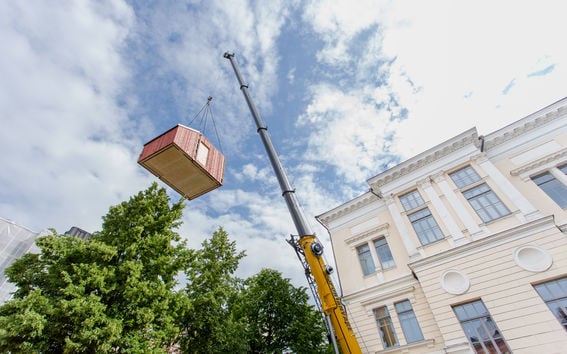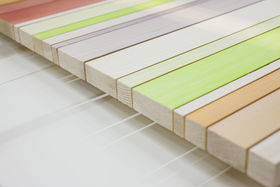Research
School of Arts, Design and Architecture
Pekka Heikkinen: Architecture
Heidi Turunen: Cellulose products
Matti Kuittinen: Environmental impacts
Karola Sahi and Mikko Paakkanen: Design
Ville Kokkonen: Interior Architecture
School of Engineering
Gerhard Fink: Wooden structures
School of Chemical Engineering
Lauri Rautkari: Wood material science
Mark Hughes: Wood technology
Monika Österberg: Bioproduct chemistry
Exhibition concept and design
Laura Zubillaga and Pekka Heikkinen
Exhibition construction
Laura Zubillaga, Pekka Heikkinen, Josh Krute, Dario Vidal, Darren Bratton, Jari Simanainen, Hannu Paajanen
Sound design
Antti Ikonen
Graphic design
Cvijeta Miljak
Curating
Outi Turpeinen
Communications
Tiina Toivola










































